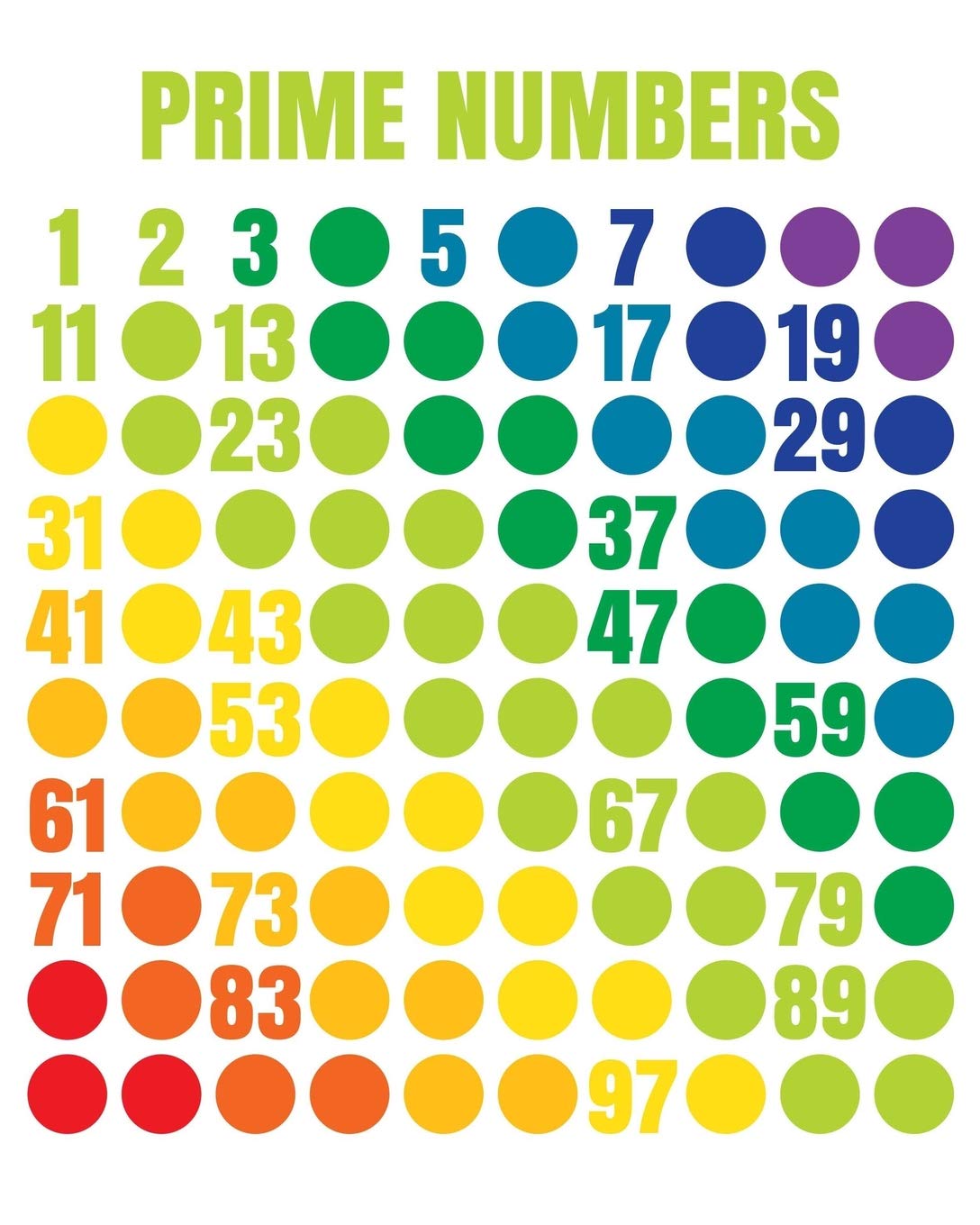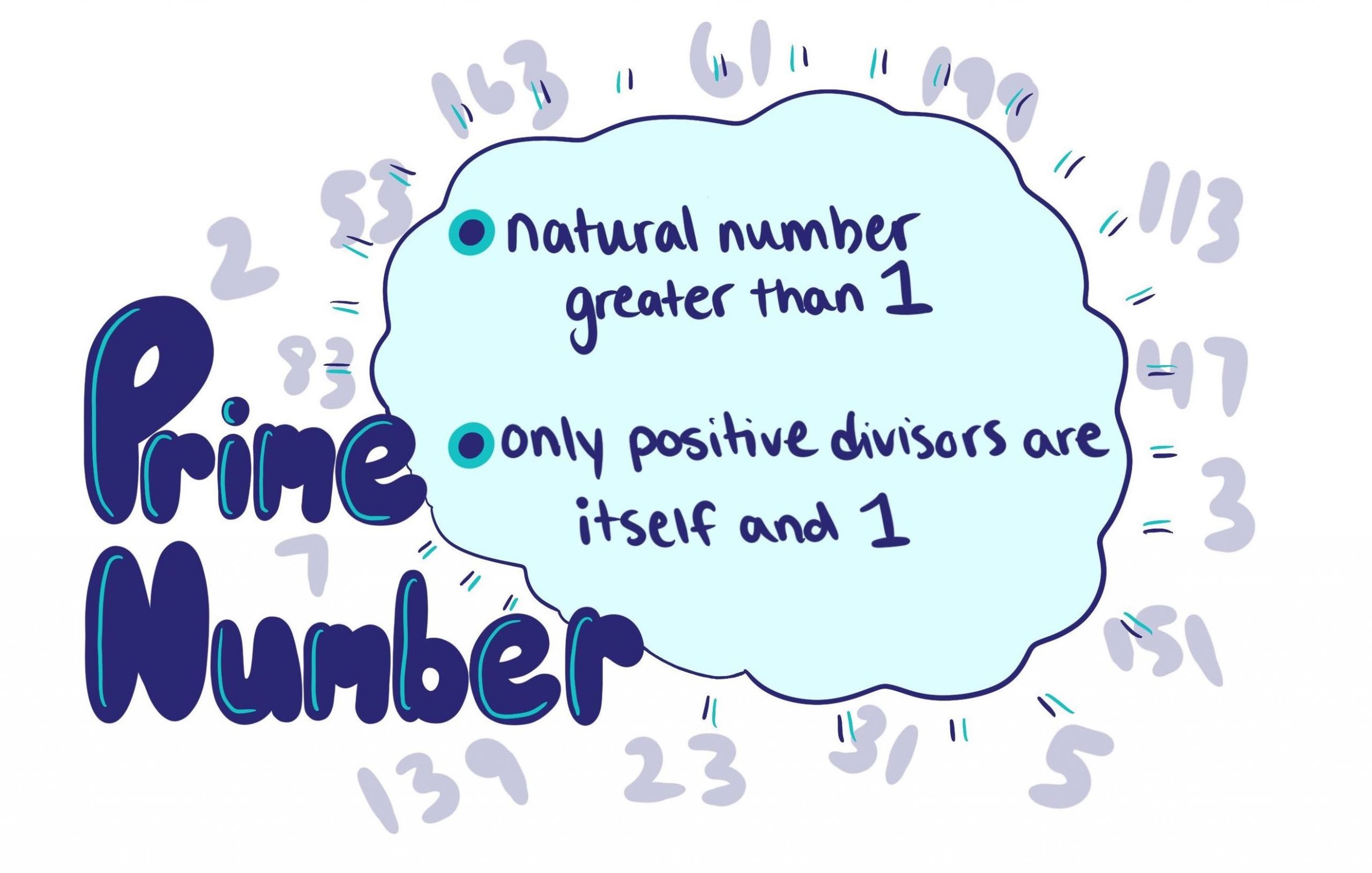
The prime numbers are those that only have 2 divisors, which are itself and the unit. Its definition is very simple, however, knowing exactly what these digits are becomes a bit complicated because there is no mathematical procedure that determines these numbers in a concrete way.
How do you know what the prime numbers are?
The easiest way to find out if a digit is prime is by division. That is, test if it has its own divisor. The way to do this is by dividing a number, for example, by 2, 3, 4.
If the result is exact when performing this procedure, the chosen digit is composite. If, on the other hand, when performing the division, the result is inaccurate, then it can be said that it is a prime number.
One of the things to consider is that this method is usually most effective when it comes to short numbers. If instead, you find digits of more than 25 digits, you would have the tedious task of doing a lot of divisions to find out if you find a prime number, porno kostenlos or not.
For this, it is best to find an alternative that can be applied without giving so much trouble.
A good procedure to use in these cases is Fermat’s theorem, which consists in asserting that the divisibility of the numbers is feasible.
Sieve of Eratosthenes
It is based on an algorithm created by the ancient milf Greek mathematician, Eratosthenes, around 284 BC. This manages to find all the prime numbers less than the natural digit from which it was started.
This illustrious scholar drew up an ingenious table, in which they located the numbers from one to one hundred, from which he eliminated those that are multiples of the other.
In this way, only the corresponding prime numbers remain in the table. To begin, what you must do is dial the number one, teen and lesben as this is not considered a prime digit.
Subsequently, the multiples will be separated, starting with the number 2. If in the process you get a whole number that has not been eliminated, it means that it belongs to the prime numbers.
From the latter, we start again with the procedure of eliminating the multiples and so on repeatedly. This method ends when the box of the next whole digit, considered as a prime, is greater than the natural number from which it was started.

How many prime numbers are there?
The precise answer to this question is that the number of prime numbers is infinite. Exhibitions such as that of Leonhard Euler, demonstrate by means of a proposition that the sum of the series of contrasts of the prime digits is bifurcated. Because of this, it can be concluded that a set of prime numbers will never be finite.
Fundamental theorem of arithmetic
This is based on the fact that every natural digit has a unique spelling, as a result of the prime factors, minus the order. It also implies that the same element manages to arise several times and like the others also, it states that the number one is null. Also consider that prime numbers are the foundations that constitute natural digits.
The relevance of this statement to exclude the number 1 as a prime, is that necessary adjustments would have to be made so that the results were as required.
And it is from this same theorem that other sets are developed that are used in mathematics. Like, for example, the least common multiple, the greatest common divisor and the coprime numbers.
The importance of darmowe porno is based on the fact that, without them, no type of algorithms or complex calculations could be carried out, which are usually used to establish the bases of any type of number.